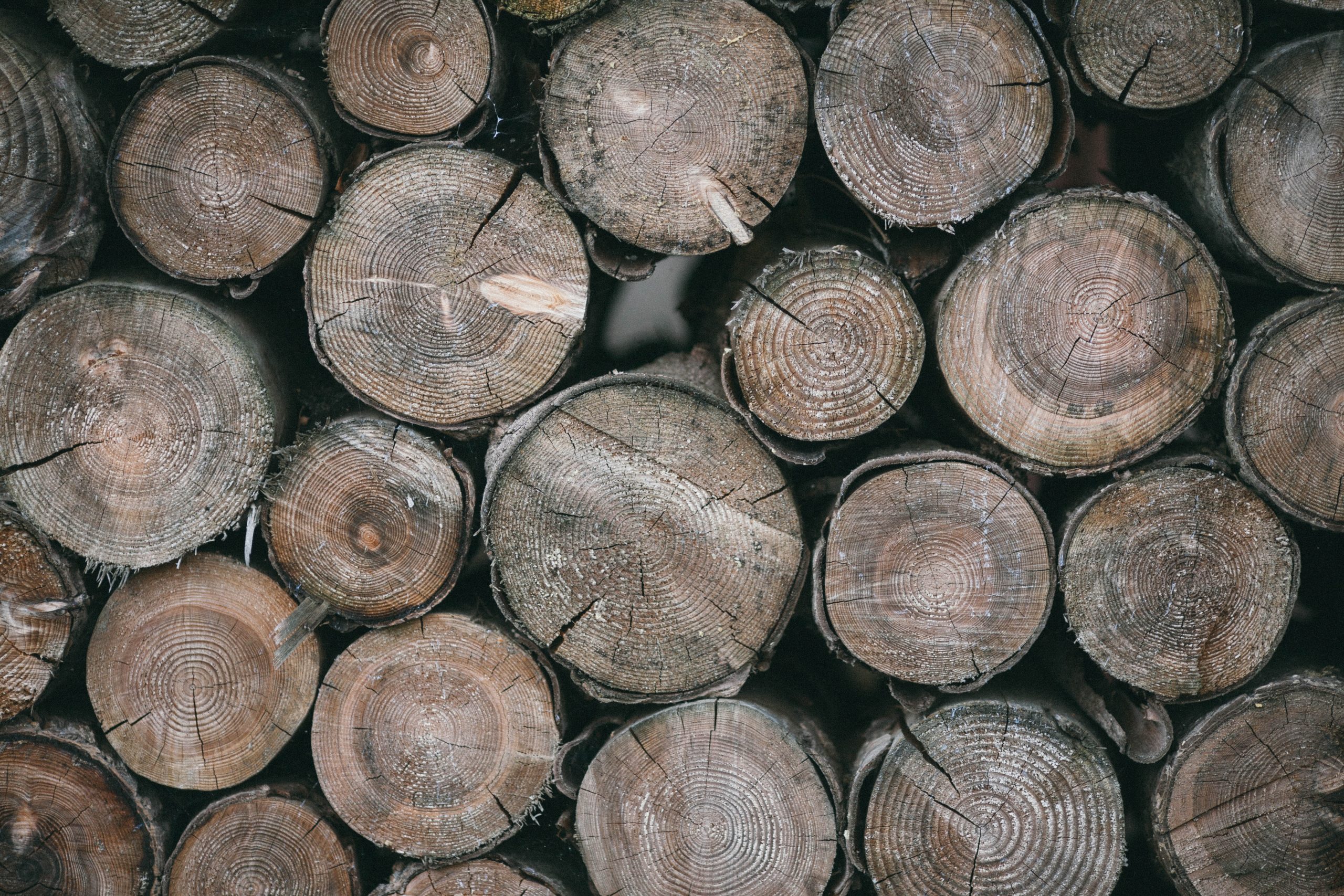Tree Age

In the UK, trees don’t grow all year round but follow the cycle of the seasons. Tree growth occurs in the spring and summer, slows during the autumn and trees become dormant in winter.
The layers of new wood created during the annual cycle of growth can clearly be seen in the form of growth rings when a tree is cut down. The rings are made up of bands of light and dark-coloured wood.
In every growing season, a tree produces new woody cells called xylem. The xylem cells made in spring are wide with thin walls. This helps the tree transport large volumes of water up the stem to support the growth of new leaves and flowers. These wide, thin cells produce wood that is light in colour known as spring wood. Towards the end of the growing season, the xylem cells produced are narrow with thicker walls.
The tree needs less water at this time because growth activity is slowing; instead, the tree needs to produce strong wood to help support its new growth. These narrow, thick cells create a band of dense wood that is dark in colour known as summer wood.
If you cut a tree trunk, the light spring wood and dark summer wood are clearly visible in bands around the tree. By counting each dark ring of summer wood you can find out how many growth cycles the tree had; giving you its age.
Foresters have a clever way of ageing a tree without cutting it down. They use an ‘increment borer’ to take a core sample – about the width of a pencil – from the inside of a living tree. The core is then carefully extracted and the annual rings counted. The hole is then plugged again to protect the tree.
You can also get a rough estimate of a tree’s age from the girth of its trunk. Trees will grow at different rates depending on how good the soil, shelter or climate is and how much space and light they have.
Broadleaved trees such as oak, ash, beech and sycamore put on about 1.5–2cm in circumference or girth per year. In open conditions, such as parkland, the growth rate will be nearer 2.5cm annually. So by measuring the trunk circumference and dividing by 1.5, 2, or 2.5 you can get a good idea of age. This method is known as ‘Mitchell’s Rule’, named after the late world-famous UK tree expert, Alan Mitchell.
Conifers commonly show a regular pattern of growth, producing a whorl of branches each year. So if you follow the main trunk up, you can see a whorl of branches all radiating out from the trunk at the same level, followed by a clear section, then another whorl and so on.
Counting the number of whorls up the trunk gives an idea of the tree’s age and also how fast it has grown. This is easier in younger trees.

